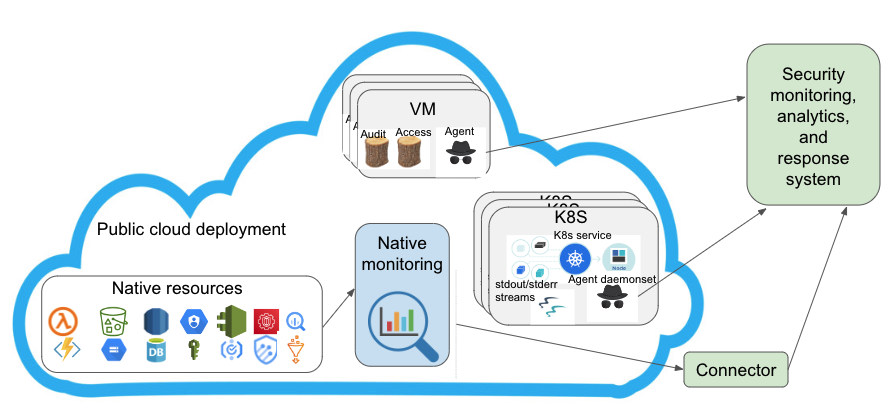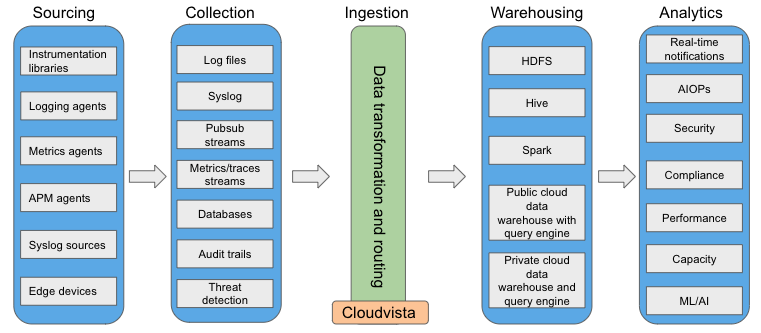In today's fast-paced world of software development and operations, observability plays a crucial role in ensuring the performance, reliability, and security of applications and infrastructure. Traditionally, monitoring has been a reactive process, with DevOps teams relying on notifications and log analytics after an incident has occurred. However, with the advent of Artificial Intelligence (AI) in observability, we are witnessing a transformation that empowers DevOps to close the loop by collecting real-time data and proactively addressing issues. In this blog post, we explore how AI-driven observability is reshaping incident response, improving SRE efficiency, and revolutionizing the way we handle production issues.
The Current State of Observability

In the traditional approach to observability, monitoring begins after the production deployment. DevOps teams rely on alerts and log analysis to detect problems and initiate incident response. This reactive approach can lead to delays in detecting and resolving issues, potentially impacting the end-user experience. Incident response and triage follow typical Service Level Agreements (SLAs) that may take minutes to hours, depending on the severity of the problem. The subsequent off-line debugging activities involve a time-consuming process of reproducing the issue, conducting root cause analysis, coding a solution with additional instrumentation, testing, redeployment, and verification.
The Role of AI in Observability
AI revolutionizes observability by transforming it from a reactive to a proactive process. A service "co-pilot" takes center stage, absorbing every single monitoring signal emitted from the infrastructure and application. Leveraging its deep understanding of the underlying infrastructure and application behavior, the AI-driven co-pilot can detect potential problems even before they escalate. This capability allows for real-time issue identification and quicker response, leading to significant improvements in Mean Time to Resolution (MTR).
Closing the Loop with Real-Time Feedback
AI-driven observability goes beyond mere problem detection. When an issue is identified, the co-pilot dynamically adds the necessary instrumentation to verify the root cause of the problem. Armed with this contextual understanding, the AI co-pilot codes a fix, ensuring a swift resolution to the incident. To ensure the fix is effective, the co-pilot deploys it to a local cluster for verification, eliminating the need for lengthy and disruptive redeployments to production.

Collaborative Incident Analysis
After resolving the incident, the AI co-pilot doesn't stop at just fixing the problem. It can send a detailed analysis, along with a Pull Request (PR), to the development team. This PR contains valuable insights into the root cause, solution, and impact of the incident. The development team can then analyze the information and accept, reject, or modify the proposed fix, leading to more informed decision-making and continuous improvement.
Unlocking the Benefits of AI-Driven Observability
The adoption of AI in observability brings a host of benefits that revolutionize the way we handle production issues:
- Eliminating Data Overload AI-driven observability eliminates the need to store large volumes of observability data. By proactively addressing issues in real-time, only relevant data is collected and processed, reducing the data storage burden.
- Near Real-Time Incident Response With AI's ability to detect and fix problems proactively, incident response time is drastically reduced, resulting in a more seamless end-user experience.
- Improved SRE Efficiency By automating the triage and resolution process, AI frees up SRE teams to focus on more strategic tasks, thereby increasing overall operational efficiency.
The convergence of AI and observability is transforming the way DevOps teams approach incident response, turning it into a proactive and collaborative endeavor. With AI-driven co-pilots at the helm, we can achieve near real-time response to production issues, reduce the burden of data storage, and enhance overall SRE efficiency. As we embrace this technological shift, we pave the way for a new era of observability, where proactive problem-solving becomes the norm, ensuring the seamless functioning of our applications and infrastructure.



